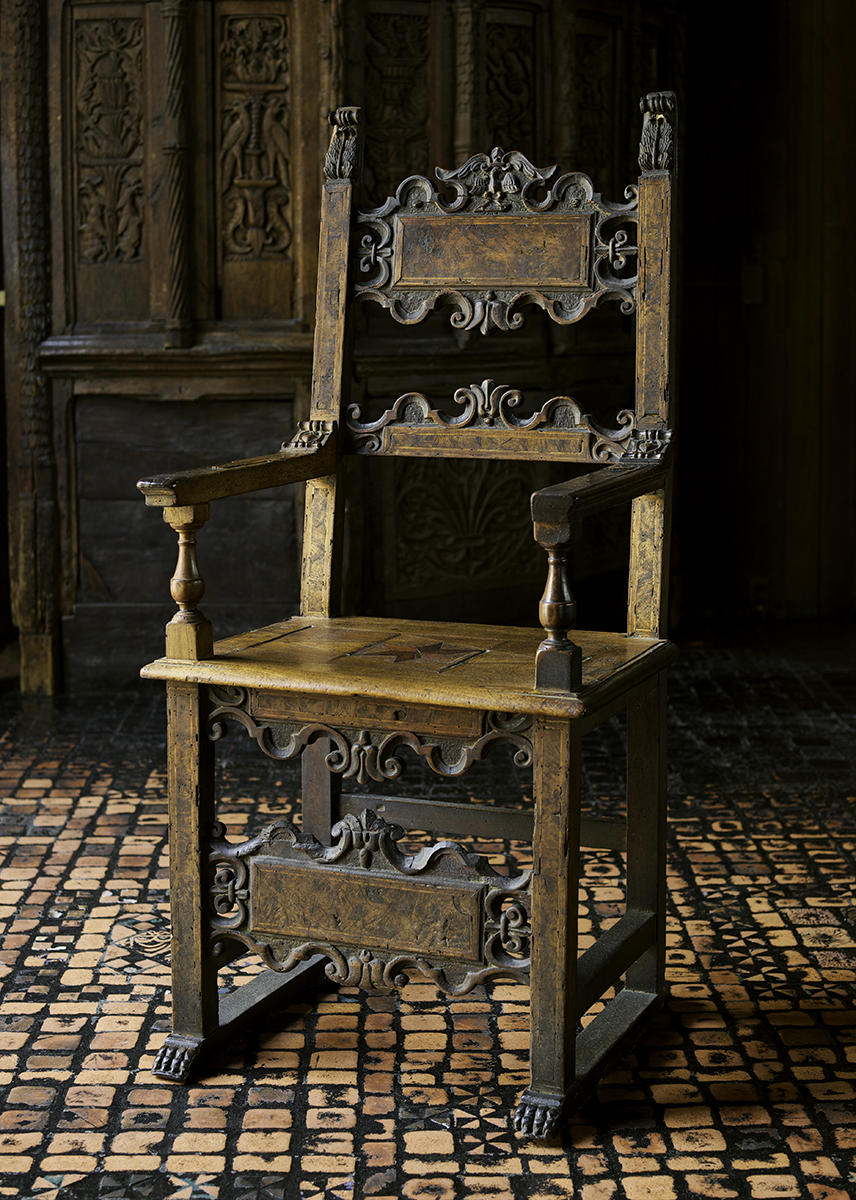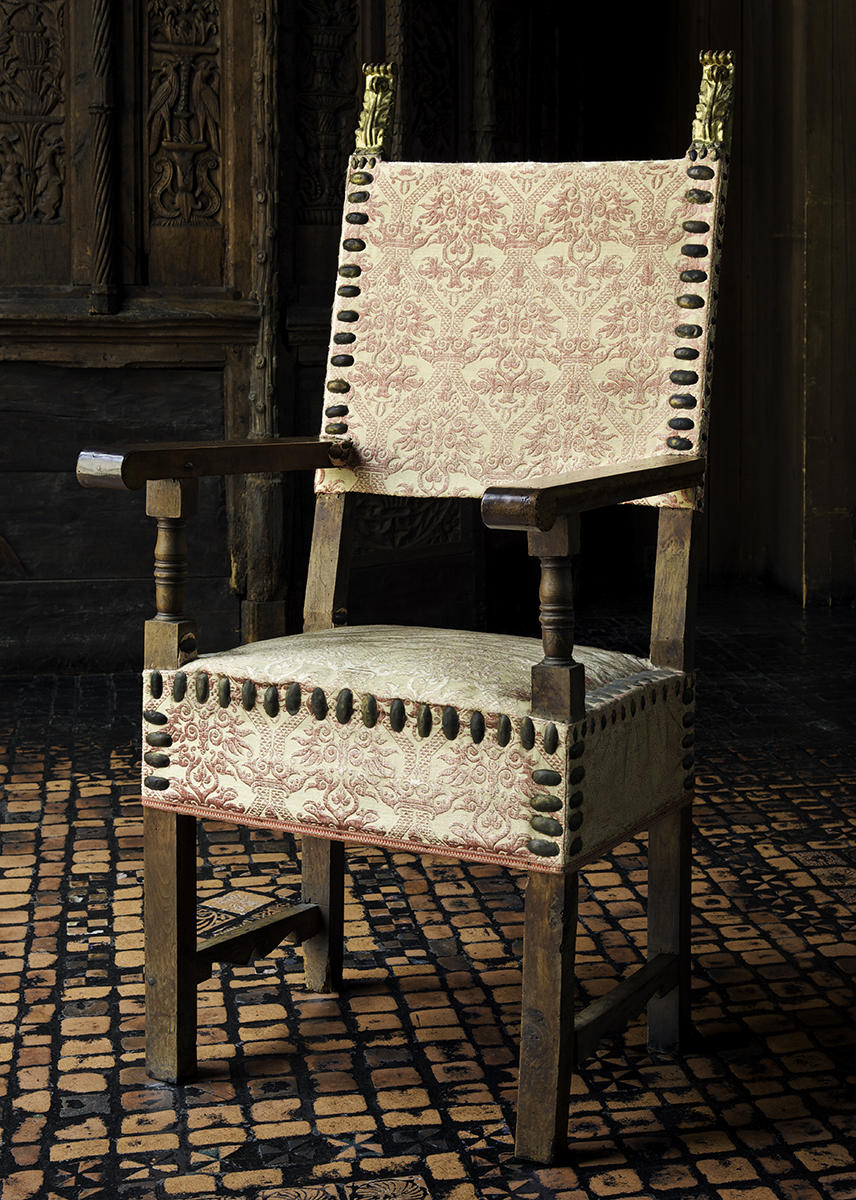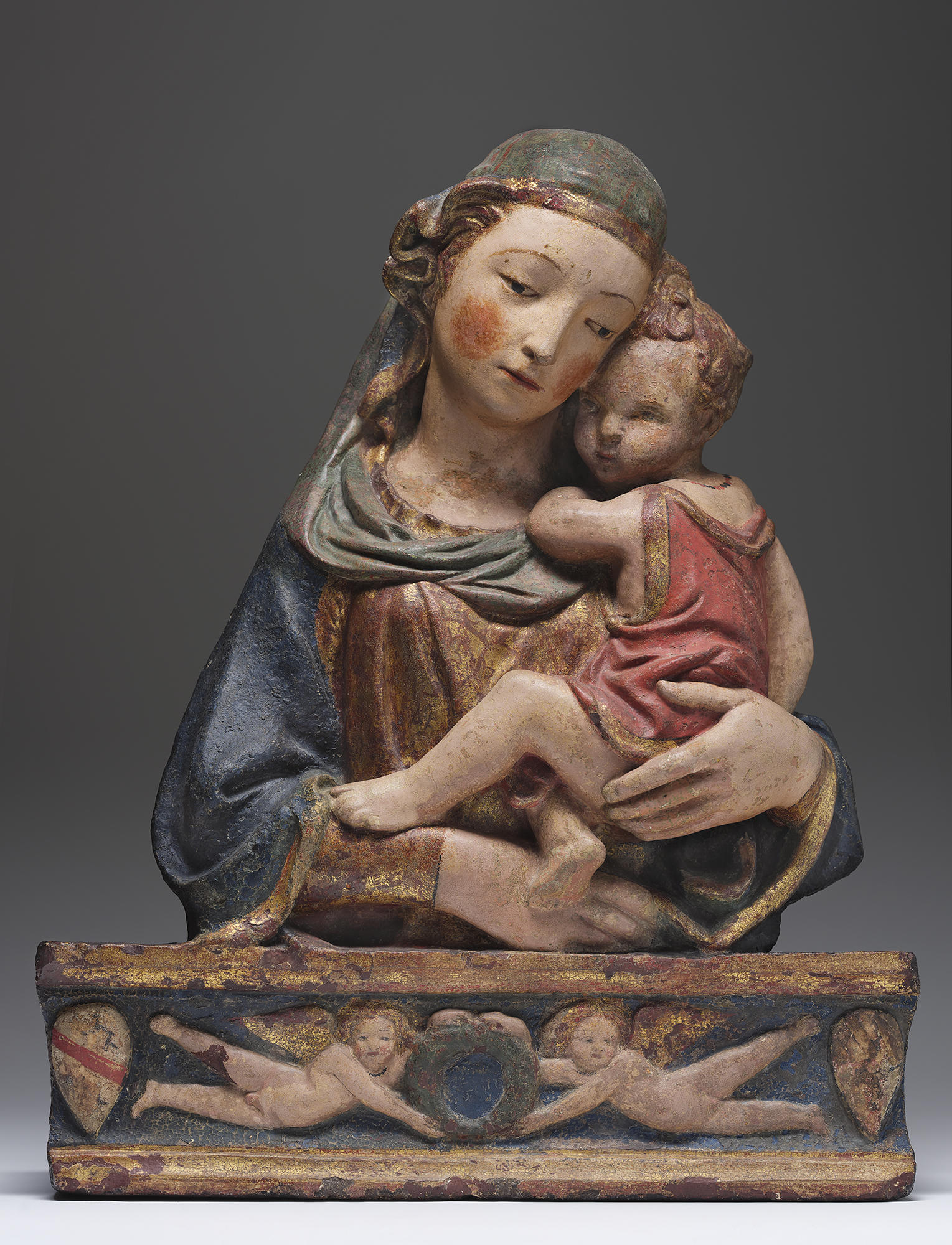Around 1903, Isabella Stewart Gardner’s friend Gretchen Osgood Warren wrote to her about the Museum:
I wanted to tell you…that you have done a priceless thing for this country. Few people get the appreciation they deserve in their lifetimes…But it does not matter. The world does not always thank the actual benefactor, but it does finally recognize the benefit & [things] are lifted and saved by it. I think there is something in that process…which is like motherhood. A woman’s children leave her empty nest—there is tragedy in it but there is something else too.
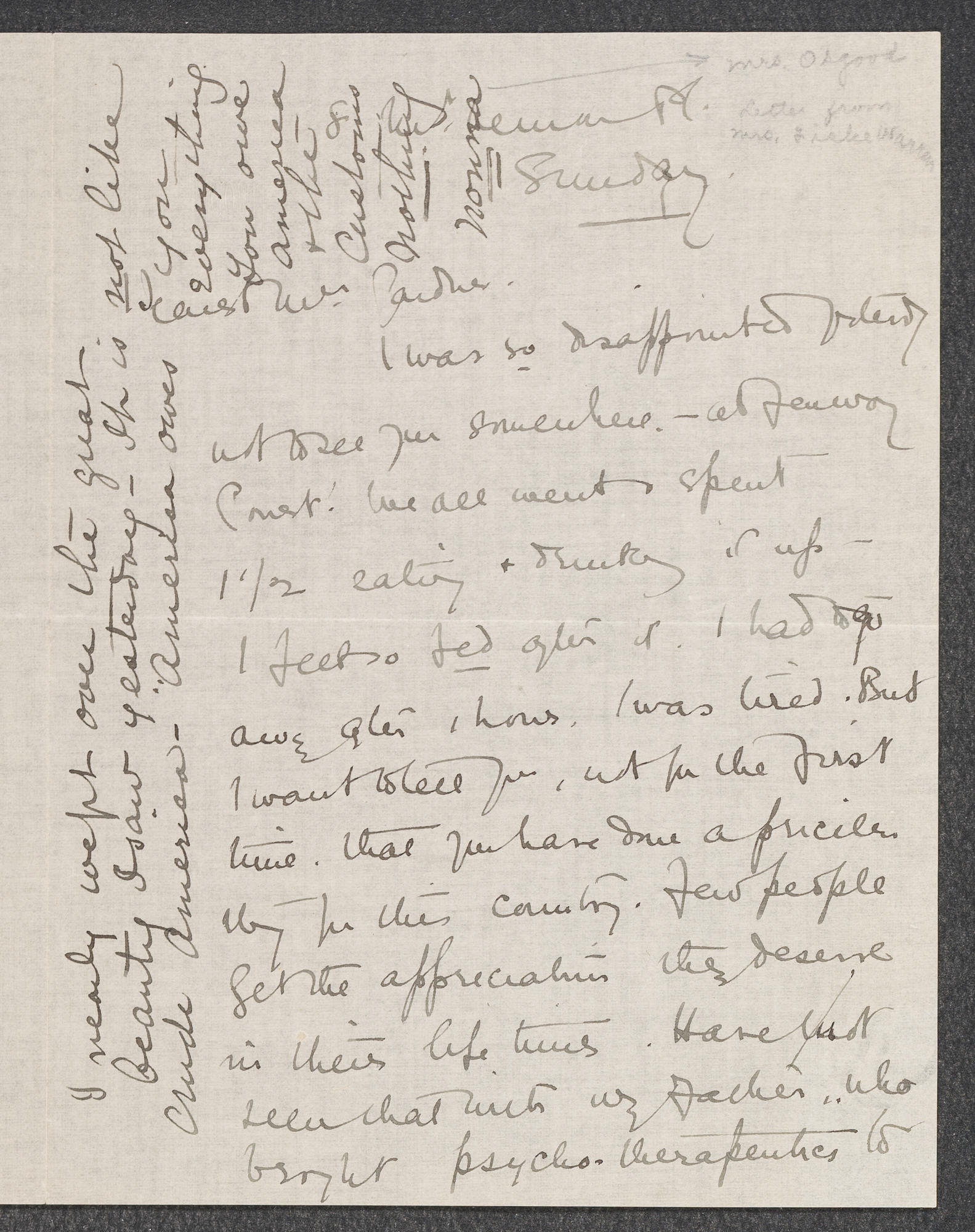
Gretchen Osgood Warren (American, 1871-1961), Letter to Isabella Stewart Gardner from Boston, early 20th century
For Gretchen, the Museum was like Isabella’s child that had grown up and was being sent into the world. In thinking this way about the Museum, it becomes fitting that Isabella let Warren use the space as the setting for a portrait that paid lasting tribute to her relationship with one of her children.
In the Gothic Room, Gretchen and her daughter Rachel posed for the painter John Singer Sargent. The result was Mrs. Fiske Warren (Gretchen Osgood) and Her Daughter Rachel (1903), now in the collection of the Museum of Fine Arts, Boston.
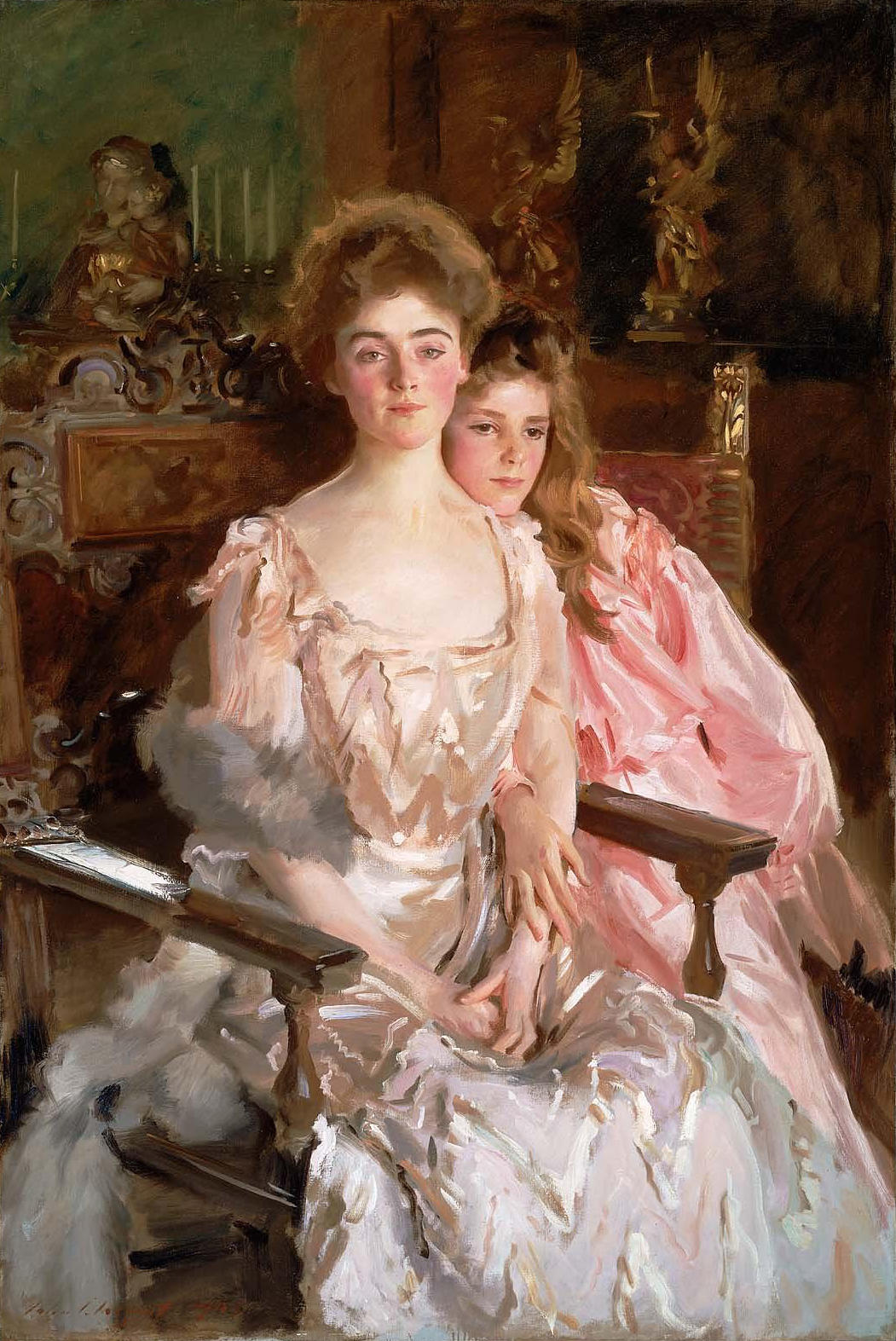
Gift of Mrs. Rachel Warren Barton and Emily L. Ainsley Fund
John Singer Sargent (American, 1856-1925), Mrs. Fiske Warren (Gretchen Osgood) and Her Daughter Rachel, 1903. Museum of Fine Arts, Boston.
In the painting, Sargent portrays the closeness of parent and child by having Rachel’s chin practically glued to her mother’s shoulder. A series of photographs in the Museum Archives show Sargent at work on the canvas. In one, the two sitters stare into the middle distance, adopting the somewhat subdued look that they have in the portrait.
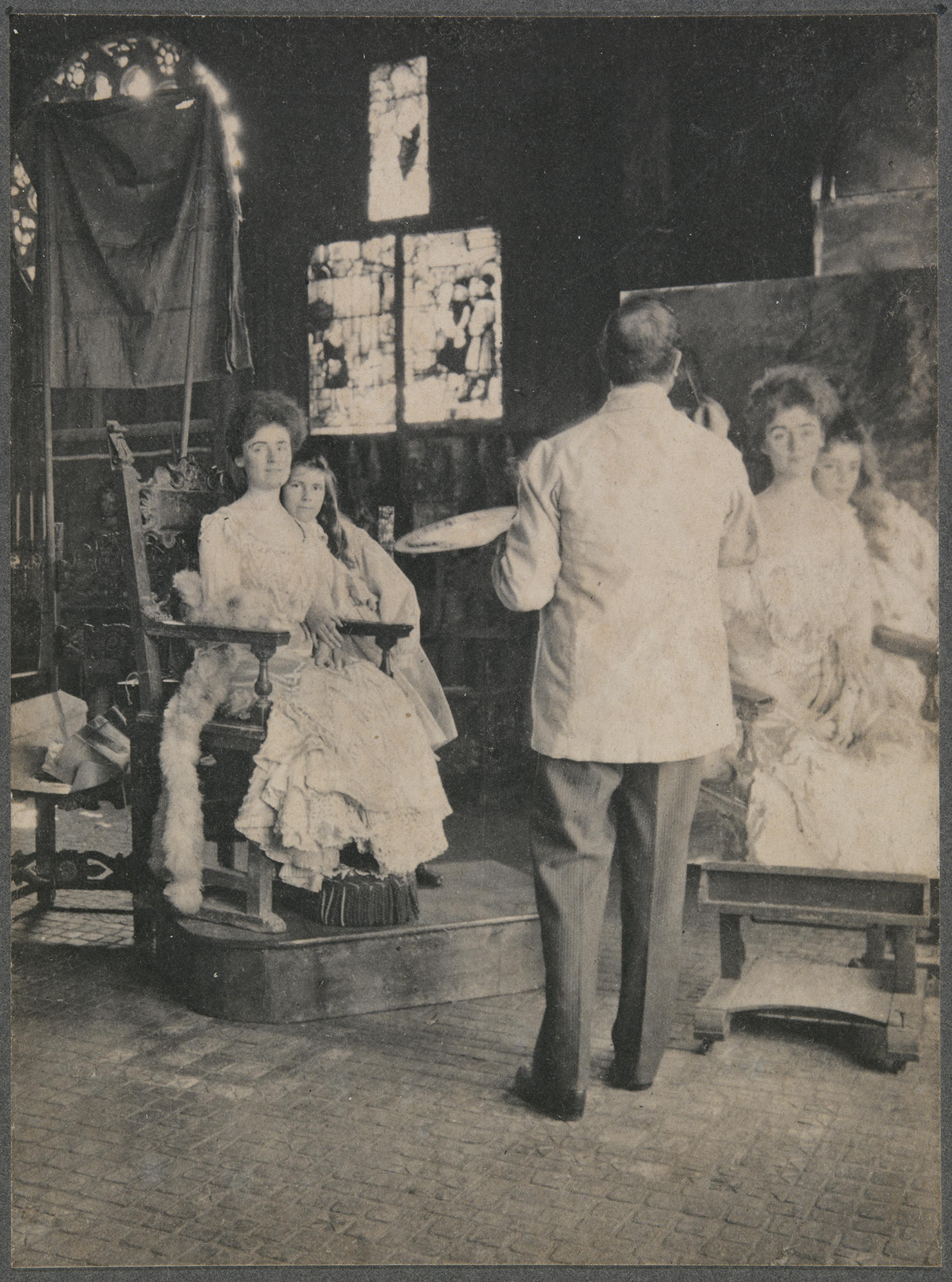
Photo by John Templeman Coolidge
John Singer Sargent paints Gretchen Osgood and Rachel Warren in the Gothic Room, 1903
Both are perched on two chairs that remain in the Gothic Room today: a carved 16th-century wooden chair from northern Italy and another upholstered armchair from the 17th century. Over Warren’s shoulder, one can also see an Italian Renaissance statue of the Virgin and Child in a similar pose. (If you’re curious, you can read more about the painting and Sargent’s other work created on-site at the Museum in the book Sargent on Location: Gardner’s First Artist-in-Residence.)
While Sargent’s portrait is beautiful, the best impression of the relationship between this mother and daughter comes from one of the photographs of Sargent working. Though it is blurry, the image shows the two smiling and perhaps laughing. They were happy in one another’s company.
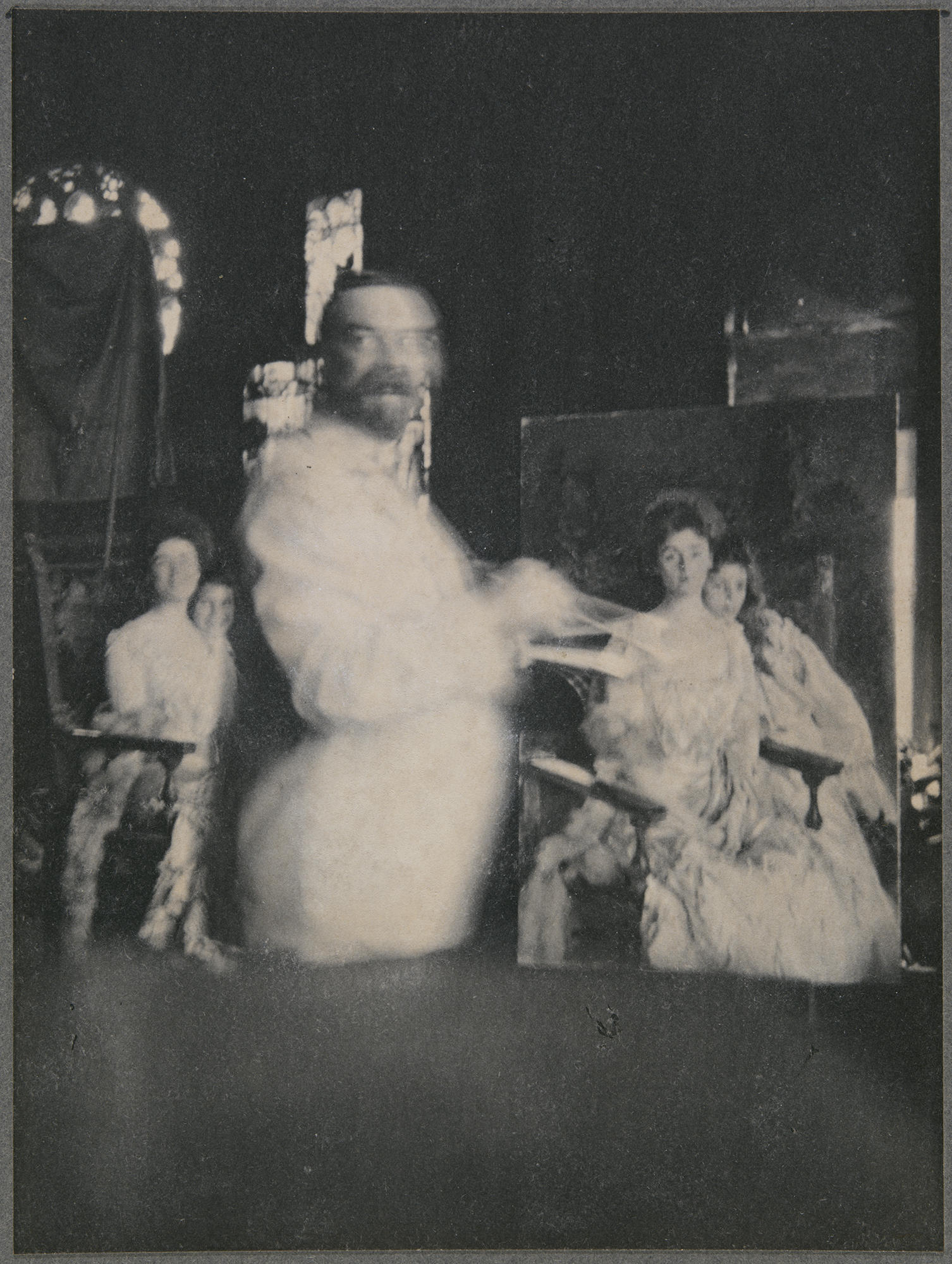
Photo by John Templeman Coolidge
John Singer Sargent paints Gretchen Osgood and Rachel Warren in the Gothic Room, 1903
Unlike Rachel, who eventually left the nest, this painting lives as a reference to an exceptional moment in the early life of Isabella’s museum, a marker of the happy occasion perhaps turned into Warren’s “something else.”
You Might Also Like

Explore the Museum
Visit the Gothic Room

Buy the Book
Sargent on Location: Gardner's First Artist-in-Residence

Learn About Isabella's Legacy
Read more about the connection between the Museum and contemporary artists
